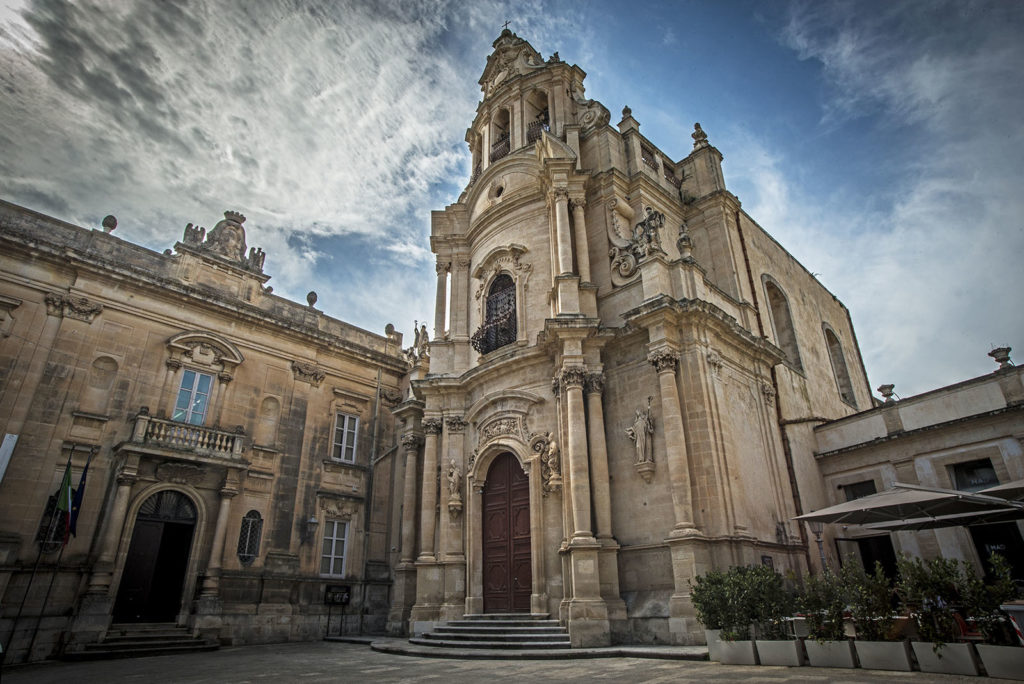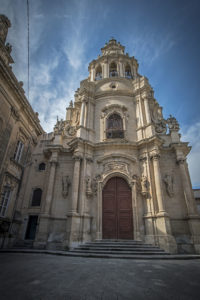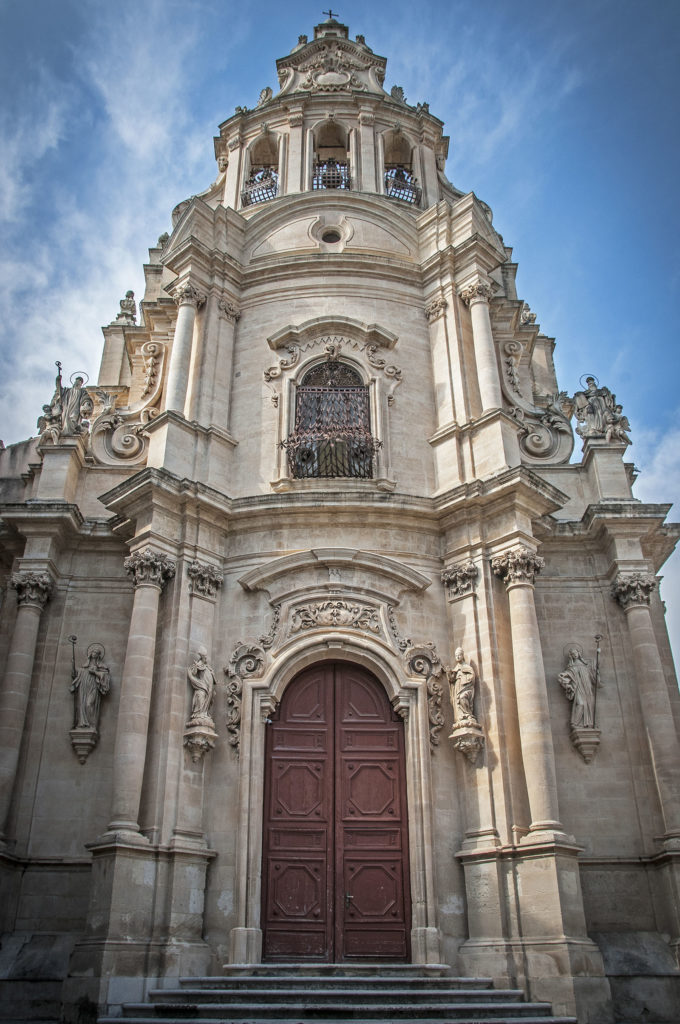The church of San Giuseppe (St. Joseph) is located on the corner of Piazza Pola, near the Cathedral of San Giorgio (St. George) in Ibla. It was built after 1756, when the Benedictine nuns of the nearby convent, led by the abbess Battistina Maria Arezzo, bought the old dilapidated church of San Tommaso Apostolo (Thomas the Apostle). Thanks to them, reconstruction work began for the new church of San Giuseppe (St. Joseph).
It was built after 1756, when the Benedictine nuns of the nearby convent, led by the abbess Battistina Maria Arezzo, bought the old dilapidated church of San Tommaso Apostolo (Thomas the Apostle). Thanks to them, reconstruction work began for the new church of San Giuseppe (St. Joseph).
The church building was built first, completed in 1774, followed by the demolition of the
bell tower
and the completion of the external and internal decorations.
 Initially the design for the new church was attributed to the great architect
Rosario Gagliardi
Initially the design for the new church was attributed to the great architect
Rosario Gagliardi
because of similarities with his other work, such as the Cathedral of San Giorgio (St. George) and the church of San Domenico (St. Dominic) in Noto. They all featured a horizontal division into three levels, with the final level containing the bell, but opinions have changed over the years and following more in-depth studies. Work by another architect, the Carmelite Friar Alberto Maria di San Giovanni Battista, who worked not only in Ragusa but also on the church of San Giovanni Evangelista (St. John the Evangelist) in Scicli, has a less innovative style than Gagliardi and is more similar to local artistic culture.
Well over seventy years later, Ibla and the Benedictine convent had a functioning new church, enjoyed by nuns and worshippers.
